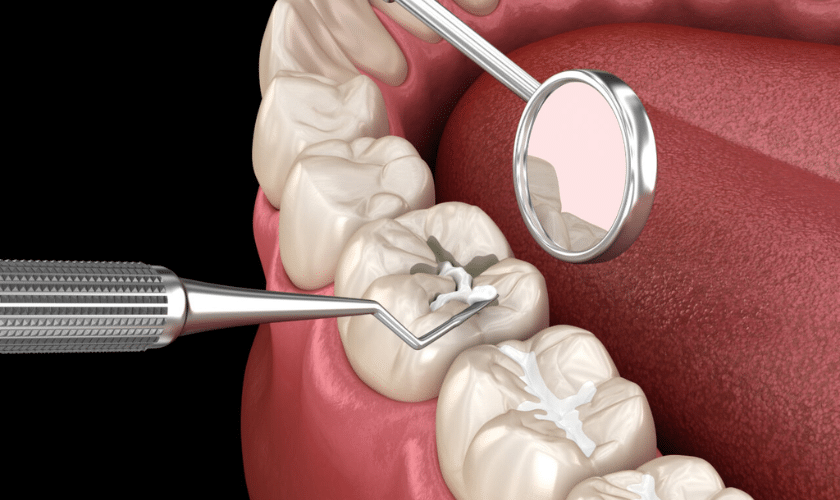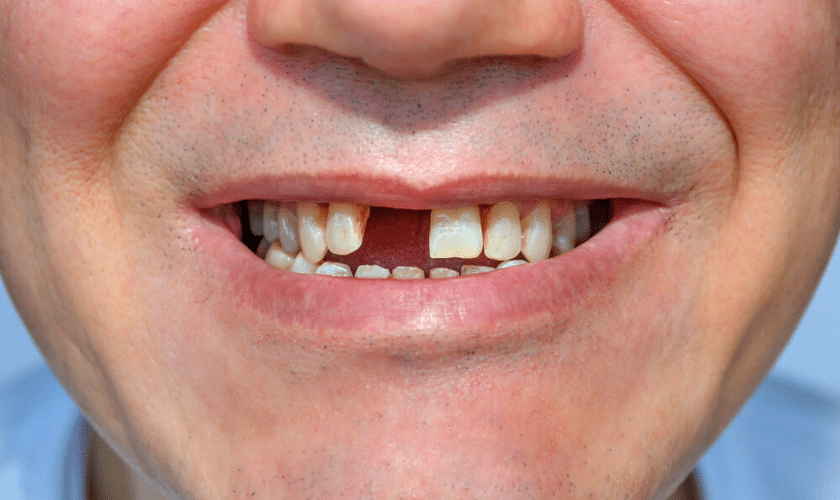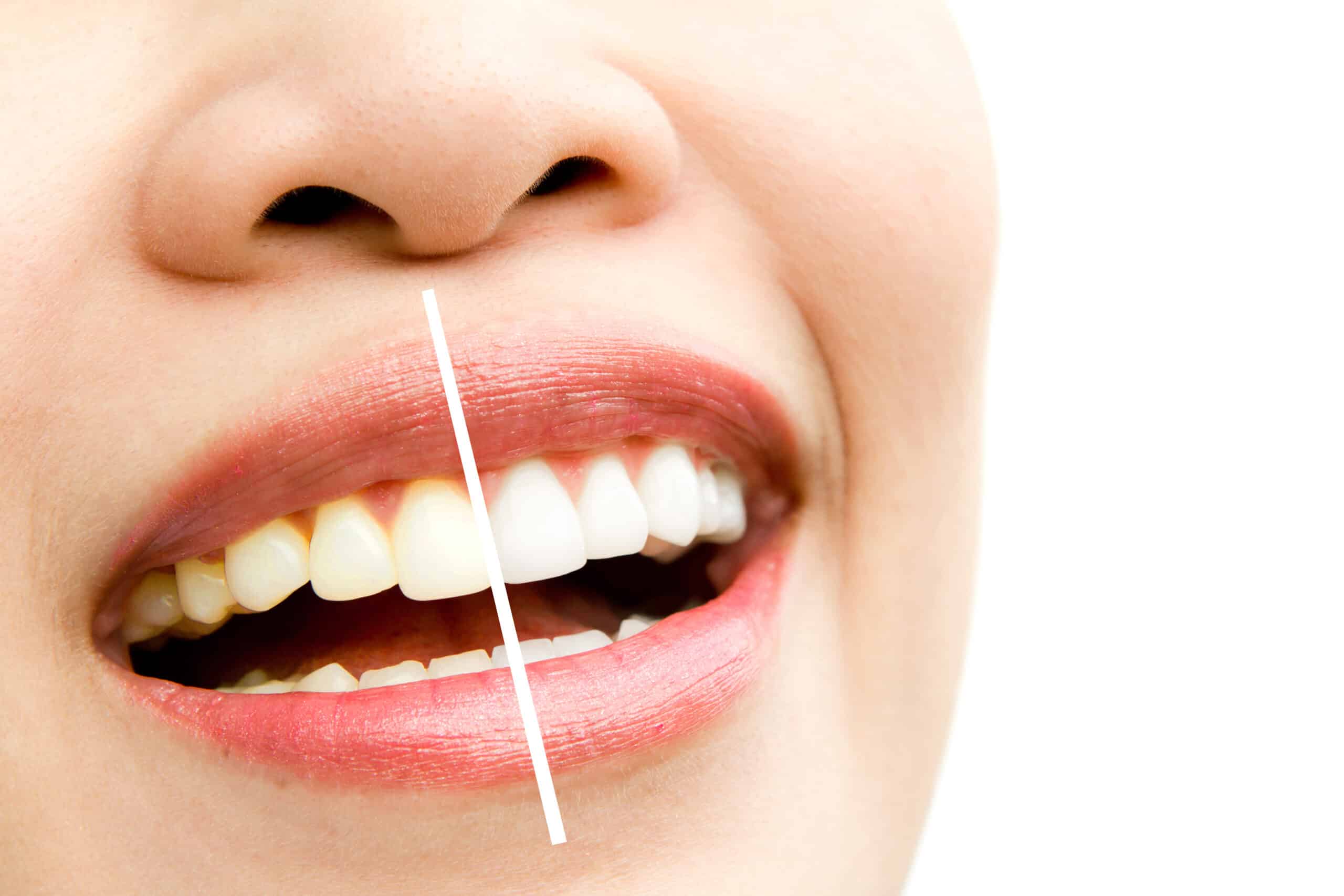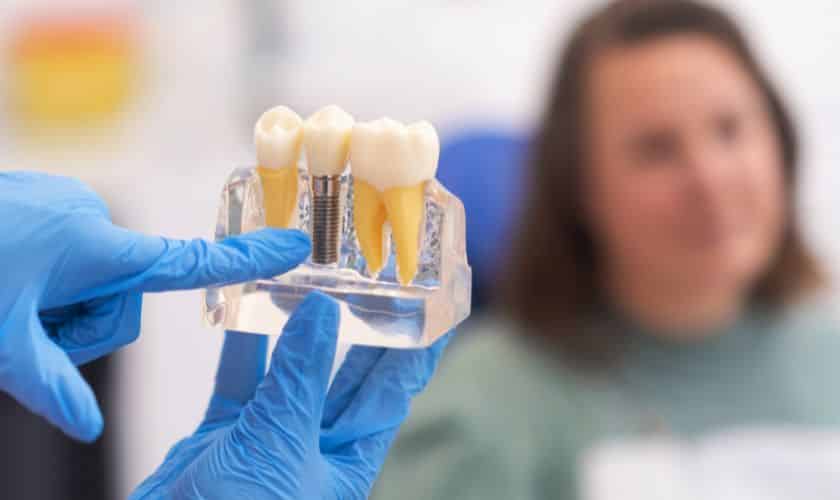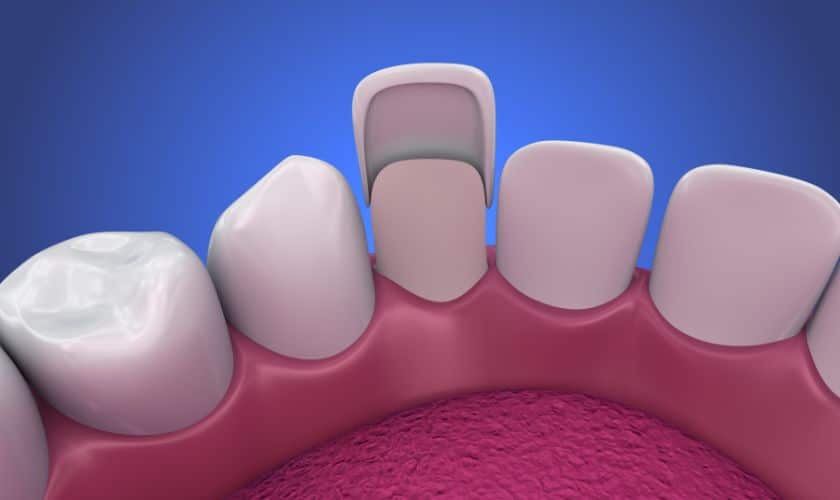
Are you looking to enhance your smile and achieve that picture-perfect look? Well, you’re in luck! Thanks to advancements in cosmetic dentistry, there are now multiple options available to transform your teeth into a radiant masterpiece. Two popular choices for achieving that dream smile are porcelain veneers and dental bonding. In this blog post, we will delve into the world of these two procedures, exploring their differences, and similarities, and helping you determine which option is best suited for your needs. So sit back, relax, and get ready to discover the secrets behind a dazzling smile!
Porcelain Veneers
Porcelain veneers are like customized shells that are placed over the front surface of your teeth to improve their appearance. These thin yet durable ceramic coverings can be an excellent option for individuals looking to address various dental issues such as discoloration, chips, gaps, or misalignment.
One of the major advantages of porcelain veneers is their natural-looking appearance. The material used closely resembles the color and translucency of natural tooth enamel, making it virtually indistinguishable from the surrounding teeth. This means you can confidently flash your smile without anyone suspecting a thing!
Dental Bonding
Are you looking to enhance your smile without breaking the bank? Dental bonding might be the perfect option for you. This minimally invasive procedure can help fix various dental imperfections, such as chipped teeth, gaps between teeth, and even tooth discoloration.
The process of dental bonding is relatively straightforward. First, your dentist will select a composite resin material that matches the color of your natural teeth. Then, they will apply this resin directly to the affected tooth or teeth. Using special tools and techniques, they will shape and mold the resin to achieve optimal aesthetics.
One of the major advantages of dental bonding is its cost-effectiveness compared to other cosmetic dentistry procedures like porcelain veneers. Not only is it more budget-friendly, but it also requires less time in the dental chair. In most cases, a single visit is all that’s needed!
Additionally, dental bonding offers immediate results with minimal discomfort during and after the procedure. With proper care and maintenance – regular brushing, flossing, and routine dental visits – your bonded teeth can last for several years.
The Procedure for Porcelain Veneers
The procedure for porcelain veneers is a multi-step process that involves careful planning, preparation, and application.
First, your dentist will conduct a thorough examination of your teeth to determine if you are a suitable candidate for porcelain veneers. They will assess the condition of your teeth and discuss with you the desired outcome.
Next, they will prepare your teeth by removing a small amount of enamel from the surface. This ensures that the veneers can be securely bonded to your natural teeth without appearing bulky or unnatural.
Once the preparation is complete, impressions of your teeth will be taken and sent to a dental laboratory where custom-made porcelain veneers will be created specifically for you. These veneers are designed to match the shape, size, and color of your existing teeth for a seamless result.
When the veneers are ready, you’ll return to the dentist’s office for their placement. The dentist will carefully bond each individual veneer onto its corresponding tooth using dental cement or adhesive.
Any necessary adjustments or polishing may be done to ensure that the veneers fit comfortably and look natural in relation to your other teeth.
It’s important to note that this process generally requires multiple visits over several weeks as it involves customization and precision workmanship. However, many patients find that these steps are well worth it when they see their transformed smiles!
The Procedure for Dental Bonding
The procedure for dental bonding is a quick and simple process that can provide significant improvements to the appearance of your teeth. It involves the application of a tooth-colored resin material to the surface of your teeth, which is then hardened using a special light.
First, your dentist will examine your teeth to determine if dental bonding is the right treatment option for you. If so, they will choose a shade of resin that matches the color of your natural teeth.
Next, they will prepare your teeth by gently etching the surface and applying a conditioning liquid. This helps create a strong bond between the resin and your tooth enamel.
Then, the dentist will carefully apply the resin material to each tooth, shaping it as needed to achieve an ideal aesthetic result. Once in place, they will use a special light to harden or “cure” the resin.
Afterward, any final adjustments may be made to ensure proper fit and alignment with neighboring teeth. The bonded area is then polished for a smooth finish.
Dental bonding offers an efficient way to enhance chips, cracks, discoloration, or gaps in your smile without invasive procedures. Its simplicity and affordability make it an attractive option for many individuals seeking cosmetic improvements in their smiles
Aftercare for Porcelain Veneers and Dental Bonding
Caring for your newly enhanced smile is crucial to maintaining the longevity of both porcelain veneers and dental bonding. While these cosmetic treatments can transform your teeth, it’s essential to follow proper aftercare recommendations to keep them looking their best.
For porcelain veneers, it’s important to continue practicing good oral hygiene habits. Brushing twice a day with a soft-bristled toothbrush and non-abrasive toothpaste is key. Flossing daily will also help remove any plaque or food particles that may accumulate around the edges of the veneers.
Avoid biting down on hard objects or using your teeth as tools, as this can cause damage to the veneers. Additionally, it’s wise to steer clear of excessive consumption of stain-causing foods and beverages like coffee, red wine, and berries.
When it comes to dental bonding, similar care practices apply. Regular brushing and flossing are necessary for maintaining healthy gums and preventing decay around the bonded areas. It’s important not to bite into extremely hard foods or chew on ice cubes as this can potentially chip or break the bond.
Furthermore, regular visits to your dentist for professional cleanings are crucial in ensuring that both porcelain veneers and dental bonding remain in optimal condition over time.
Conclusion
When it comes to enhancing the appearance of your teeth, both porcelain veneers and dental bonding offer great options. Each treatment has its own advantages and considerations, so it’s important to consult with your dentist to determine which option is best for you.
Porcelain veneers are a durable and long-lasting solution that can completely transform your smile. With proper care and maintenance, porcelain veneers can last for many years.
Dental bonding, on the other hand, is a more affordable alternative that provides immediate results. While not as long-lasting as porcelain veneers, dental bonding can still provide several years of improvement before requiring touch-ups.
The choice between porcelain veneers and dental bonding depends on your specific needs and preferences. Factors such as budget considerations, desired outcomes, and overall oral health will all play a role in determining which option is most suitable for you.
So why wait? Take that step towards achieving the beautiful smile you’ve always wanted by exploring either porcelain veneers or dental bonding with your trusted dentist today!

